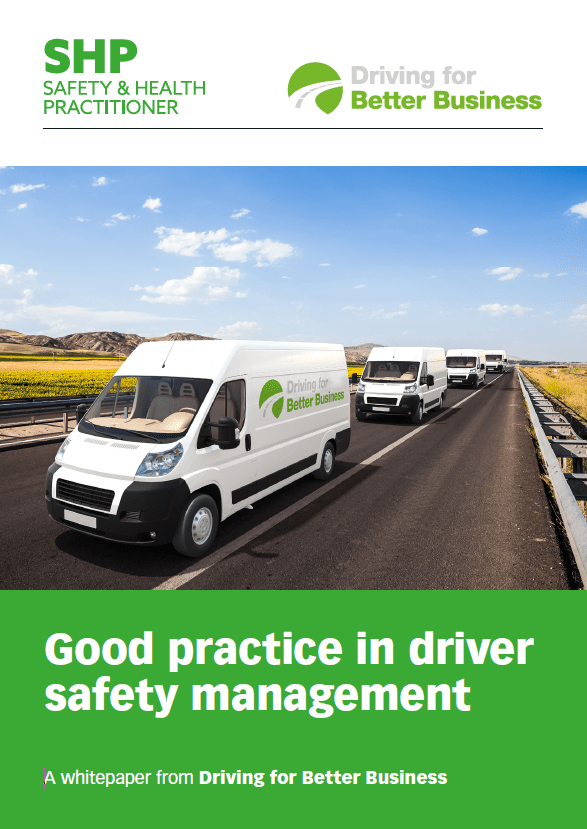The Office of Rail and Road has released its annual health and safety report and findings suggest that the whole industry reacted quickly to the challenges posed by the pandemic and were able to implement reasonably practical control measures to keep employees and those members of the public needing to travel moving.
The ORR says, however, that the train derailment at Carmont was a stark reminder of the need for continued focus on safety management and the report stresses the need for Network Rail to ensure it mitigates the impact of climate change and extreme weather.
Three rail workers lost their lives in 2020-21 including two track workers at Surbiton and Roade. The report notes that Network Rail has achieved a reduction in the work that relies on human lookouts to 7% but it must now increase the speed with which it adopts new technology that can further reduce safety risks.
The reports’ main findings include the following:
Safety
The train derailment at Carmont after heavy rainfall, in which three people died, is a stark reminder of the need for continued focus on safety management. Network Rail must ensure it effectively manages its infrastructure, to mitigate the impact of climate change and extreme weather on our railways, with particular focus on earthworks and drainage systems.
Worker safety remains a top priority as highlighted by the deaths of three rail employees, including two track workers in Surbiton and Roade. Network Rail is taking action to improve track worker safety, including reducing the proportion of its trackside work that relies on human lookouts from 15.9% to 7% between 2019-20 and 2020-21, with plans to remove the practice entirely by the end of 2021. However, it must demonstrate better use and deployment of technology which can reduce safety risks, such as automatic warning equipment, in particular for line blockages.
It is important that the move to safer ways of working is sustainable and well managed to ensure the railway can be maintained safely whilst minimising risks to railway workers, says the report.
ORR also wants to ensure the downward trend in Signals Passed at Danger risk across industry continues, with the regulator beginning a two-year programme of inspections to look at operational incidents, focusing on control room decision making to help lower risk further.
Response to COVID-19
The whole rail industry has responded extremely well and collaboratively to the challenges posed by the pandemic, says the report. This helped keep freight and those who needed to travel moving.
Network Rail, train and tram operators reacted quickly and worked with ORR to implement control measures to enable social distancing and to keep the public and employees safe.
Heritage railways also reacted well, implementing control measures from the onset of the pandemic. Many heritage railways also took the opportunity during the pandemic to review and develop plans to consolidate and improve safety measures and working practices.
Asset management
Network Rail has largely delivered its engineering work and enhancement projects to plan, despite the difficult working conditions resulting from the pandemic but ORR is concerned that Network Rail is behind on its process for inspecting its structures (e.g. footbridges and tunnels). Network Rail has mitigations in place to manage safety risks, but there is limited evidence that it has suitable plans in place or is making adequate progress towards reducing its backlog of inspections so that it can manage its assets more effectively. The regulator is taking action to ensure this is rectified.
ORR has also raised concerns that Network Rail is behind on completing its network wide surveys to locate, inspect and record all of its drainage assets. The company has responded by committing to dates when these surveys will be complete in each of its regions, and ORR will hold the regions to account for this.
Click here to read the full report.
This eBook will guide you through some of the key understandings you need to be able to manage driver safety effectively and, at the end, provide a series of free resources you can access to help you ensure your own driver safety management system is robust, legally compliant and in line with industry-accepted good practice.
Download this eBook from Driving for Better Business and SHP to cover:
- Why do we need to manage driver safety?
- Duty of care – a shared responsibility;
- Setting the rules with a driving for work policy;
- Managing driver safety;
- Ensuring safe vehicles;
- Safe journeys and fitness to drive;
- Record keeping;
- Reporting;
- The business benefits of good practice;
- Additional resources

